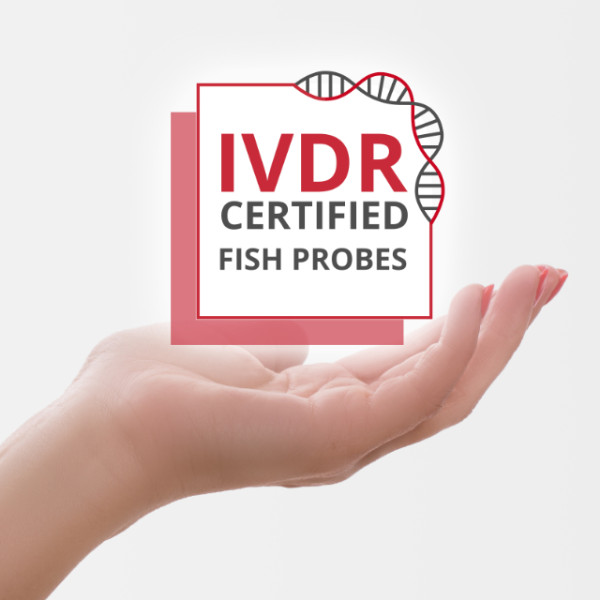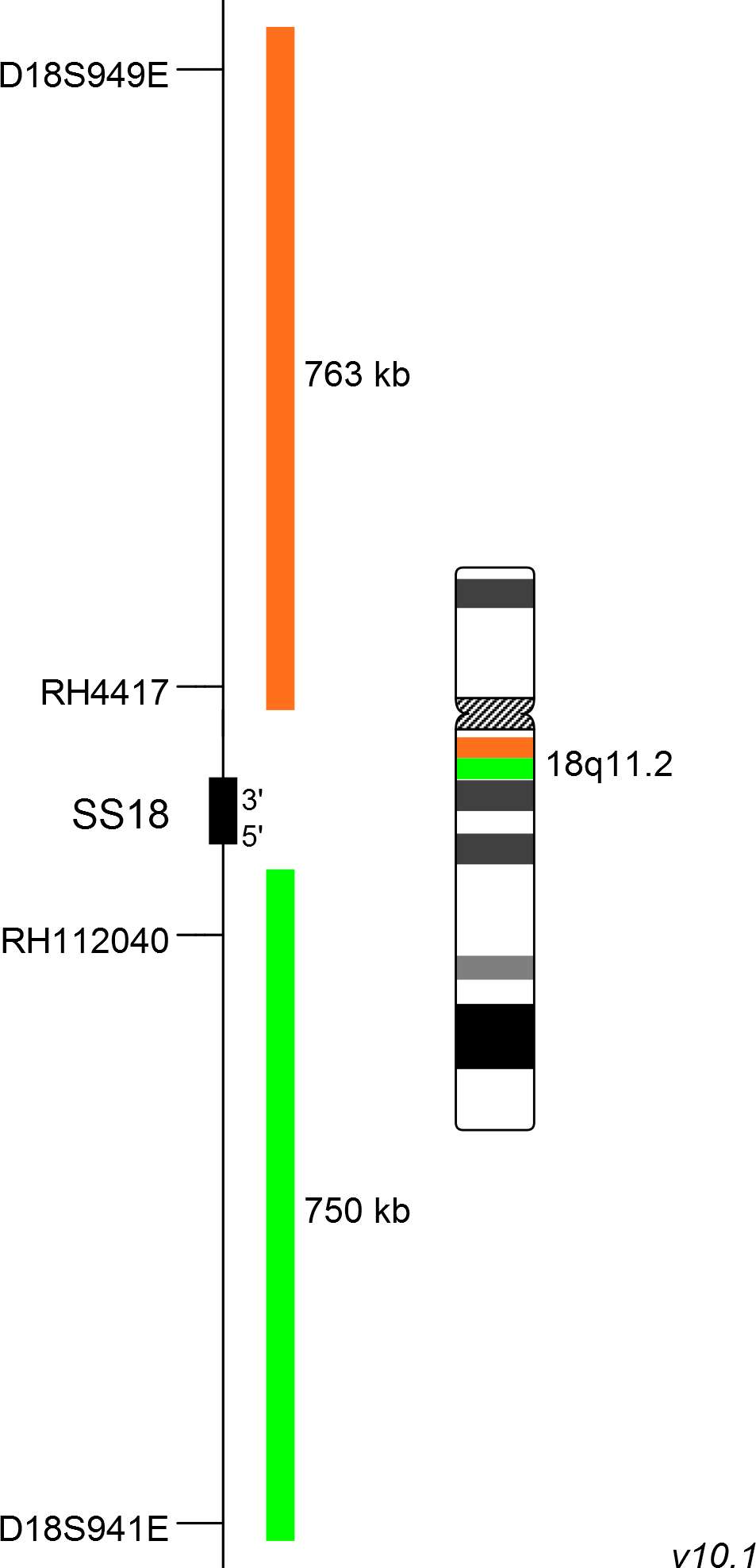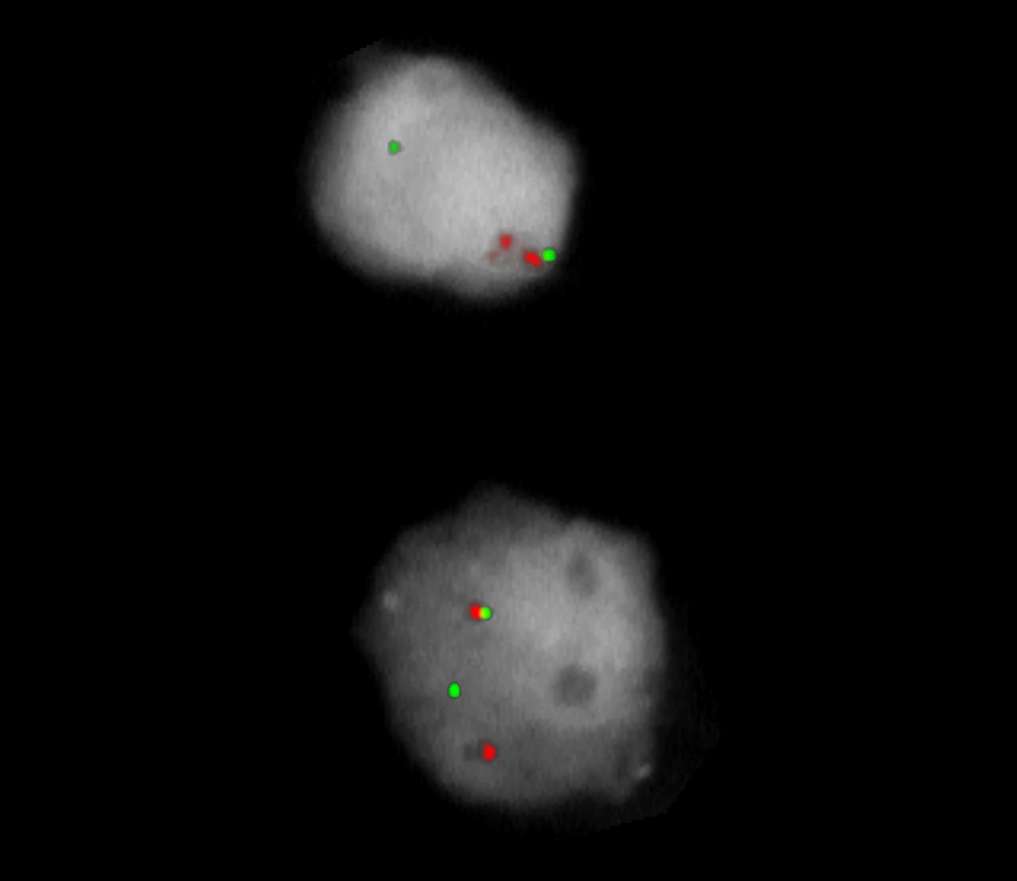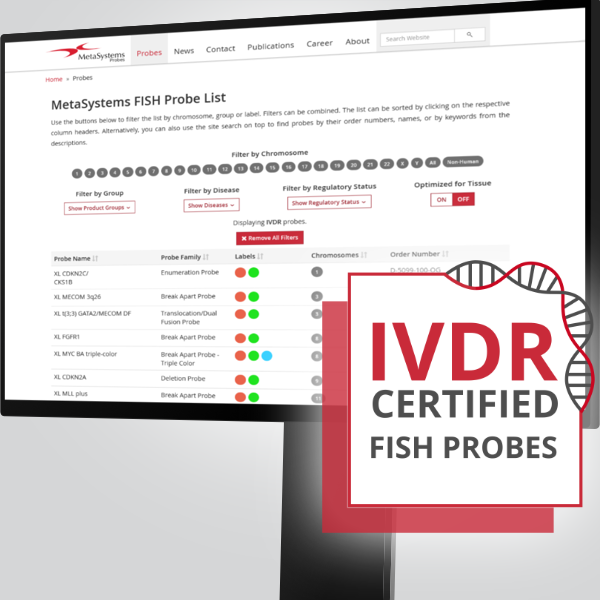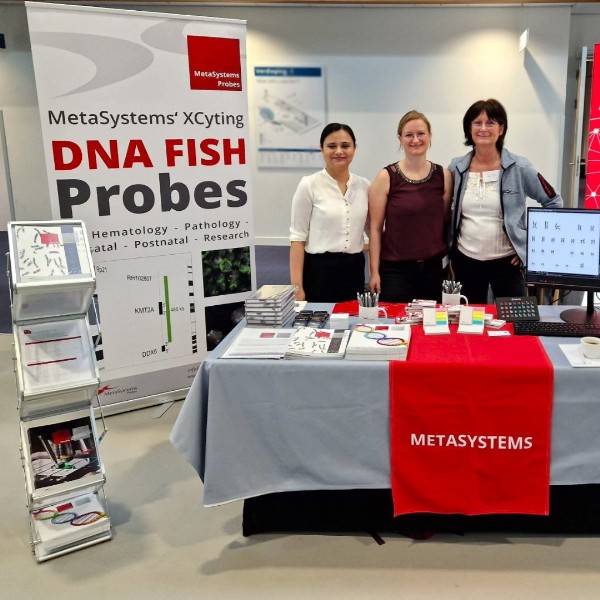Synovial sarcoma is a highly aggressive and relatively rare soft tissue sarcoma. It often develops in the limbs of adolescents and young adults and comprises about 10-20% of soft tissue sarcomas in this population. The disease is characterized by the balanced translocation t(X;18) resulting in an in-frame fusion of ´synovial sarcoma translocation, chromosome 18´ (SS18) with members of the ´synovial sarcoma, X breakpoint´ family (SSX), located on the X chromosome. The chimeric fusion protein consists of almost the complete SS18 protein, only eight amino acids are missing, with the carboxy terminus of SSX1 or SSX2 and in rare cases SSX4. Several studies have shown that the SS18-SSX chimeric protein is interacting with the ATP-dependent chromatin remodeling complex SWI/SNF, interfering with its proper function. The absence of the der(18) in some cases suggests that it is not mandatory for the maintenance of the tumor. Generally, synovial sarcoma shows a low genetic complexity, about 50% of the cases harbor t(X;18) as a sole aberration. Since cytogenetic analysis of solid tumors is challenging, FISH provides an alternative method for the characterization of the status of SS18-SSX rearrangements.
Clinical Applications
- Solid Tumors (Solid Tumors)
